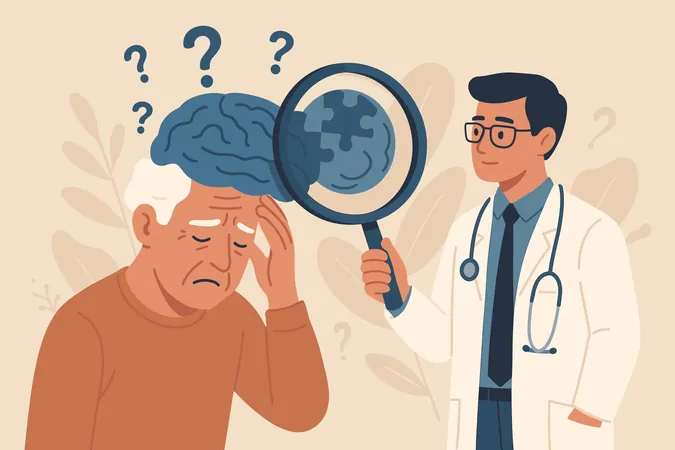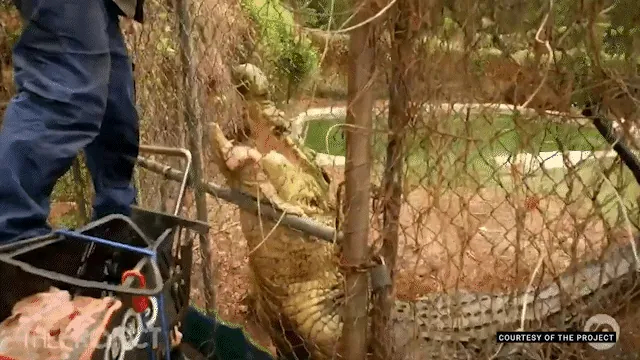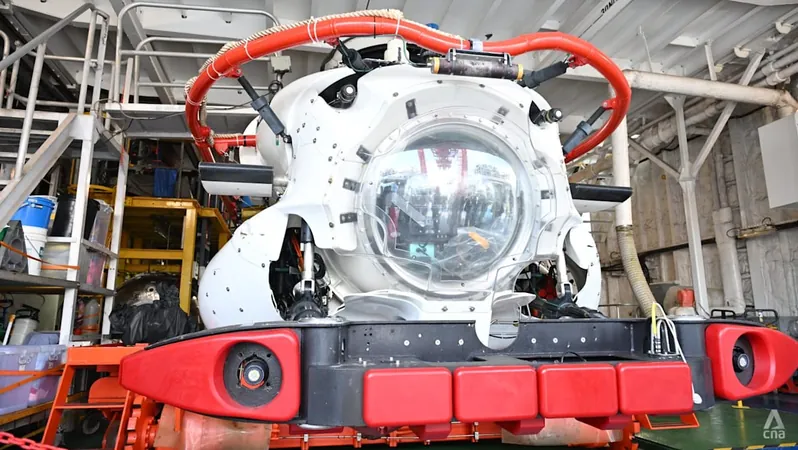
A Breakthrough for Seniors: Tackling Hidden Pain and Emotional Struggles
2025-09-22
Author: Mei
Unveiling a Hidden Epidemic Among Seniors
Recent studies reveal alarming truths about older adults, showing a surge in both chronic medical conditions and mysterious somatic symptoms that often baffle doctors. One standout is somatic symptom disorder (SSD), where individuals experience distressing physical symptoms without any clear medical cause. Interestingly, SSD is strikingly more prevalent in those over 60 compared to younger folks—63.2% of older adults meet SSD criteria versus just 45.3% of younger adults, with cases often classified as severe.
The Traditional Approach: Limitations of Care
Historically, the strategy for treating seniors with somatic symptoms focused primarily on managing associated mental health issues such as anxiety and depression. Yet, this method falls short. While treatment usually includes reassurances and referrals for cognitive behavior therapy, results show only modest improvements: a mere 21.4% of SSD patients achieved remission after four years of treatment.
A Revolutionary Perspective: Neuroplastic Symptoms
Enter the concept of neuroplastic symptoms—a groundbreaking way to understand these complex issues. Instead of being solely linked to physical ailments, neuroplastic symptoms arise from changes in brain function due to stress, resulting in real physical manifestations. This new perspective suggests an astonishing 88% of back pain cases could be classified as neuroplastic, helping to bridge the gap between mental and physical health.
Emotional Awareness: The Key to Relief
To tackle these neuroplastic symptoms, experts like psychologists Mark Lumley and Howard Schubiner have developed emotional awareness and expression therapy (EAET). This innovative approach focuses on processing difficult emotions tied to trauma and stress, urging patients to confront and express feelings such as anger and guilt rather than suppressing them.
Promising Results from EAET
Numerous clinical trials have shown significant potential for EAET in alleviating chronic pain among older adults. One recent study demonstrated that 63% of veterans who underwent EAET reported a substantial reduction in pain, far surpassing results from traditional cognitive behavioral therapy.
A Call to Action for Mental Health Professionals
Despite the dual challenges of somatic symptoms and common psychiatric conditions, many clinicians have yet to incorporate new insights like neuroplastic symptoms into their practices. The evidence now strongly suggests that changing the approach could substantially improve the quality of life for many older adults.
Hope on the Horizon
With increasing acceptance and understanding of treatments like EAET, there shines a beacon of hope for older patients struggling with hidden pain and emotional challenges. Mental health professionals can make a incredible difference by embracing these new approaches, offering a path to healing that marries the mind and body.




 Brasil (PT)
Brasil (PT)
 Canada (EN)
Canada (EN)
 Chile (ES)
Chile (ES)
 Česko (CS)
Česko (CS)
 대한민국 (KO)
대한민국 (KO)
 España (ES)
España (ES)
 France (FR)
France (FR)
 Hong Kong (EN)
Hong Kong (EN)
 Italia (IT)
Italia (IT)
 日本 (JA)
日本 (JA)
 Magyarország (HU)
Magyarország (HU)
 Norge (NO)
Norge (NO)
 Polska (PL)
Polska (PL)
 Schweiz (DE)
Schweiz (DE)
 Singapore (EN)
Singapore (EN)
 Sverige (SV)
Sverige (SV)
 Suomi (FI)
Suomi (FI)
 Türkiye (TR)
Türkiye (TR)
 الإمارات العربية المتحدة (AR)
الإمارات العربية المتحدة (AR)